Earth and Space Science students at Marquette Senior High School have been working on a research project in partnership with The University of Michigan and NASA. Through the MSHS SunRISE Ground RadioLab, students are playing a direct role in a cutting-edge research project to study solar activity!
The following is posted outside the antenna, located near the track at Marquette:
“Welcome to the MSHS SunRISE Ground RadioLab (GRL)! What you are looking at is actually an antenna that is “tuned” to measure electromagnetic radiation in the radio range (aka “radio waves”). What we are looking for are bursts of radio waves emitted by our Sun in what are known as Solar Flares and Coronal Mass Ejections, or CMEs, and this antenna can and does detect them!
This SunRISE GRL antenna (and many others like it across the United States) is a citizen science project organized by the MSHS Earth and Space Science Teachers and implemented by MSHS Students in partnership with the University of Michigan and NASA. Six small satellites, known as “cubesats,” will be launched under a NASA space mission called Sun Radio Interferometer Space Experiment (SunRISE) to work together as one large dish to measure radio waves emitted by the Sun.
The radio waves we are detecting with the GRL, and all wavelengths of electromagnetic radiation, are being emitted by the Sun through the process of nuclear fusion constantly. During a CME (and other solar activity) a larger volume of electromagnetic energy and charged particles are hurled out into space. The goal is to collect the GRL CME data and share it with the University of Michigan and correlate the GRL data with data collected by NASA from the Sun more directly with the cubesats. Together, all of this data will hopefully help to answer questions like:
- What are the mechanisms behind various types of radio bursts generated by the Sun, and how do they relate to space weather phenomena?
- How do radio observations help in understanding the structure and dynamics of the solar atmosphere, including the chromosphere, transition region, and corona?
- How do solar radio emissions influence space weather and terrestrial phenomena, such as geomagnetic storms and ionospheric disturbances?
- And more!”
MSHS teachers and students are excited to showcase the lab’s work at various community events in the coming year.
This project exemplifies the power of education and science coming together, as MSHS students contribute data that NASA scientists and researchers will use to better understand space weather and its impact on Earth!
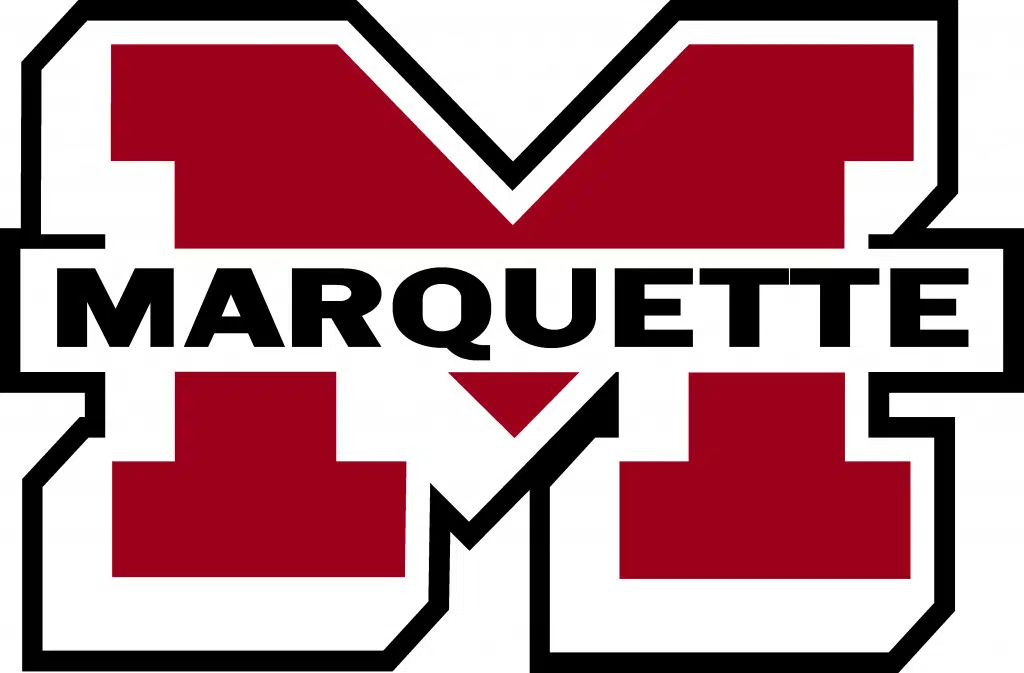


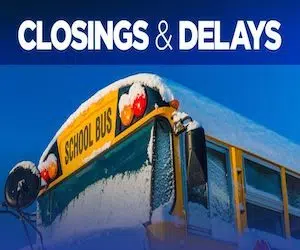



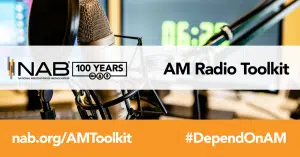
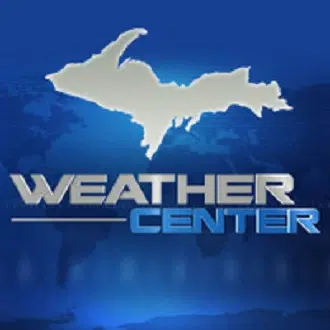


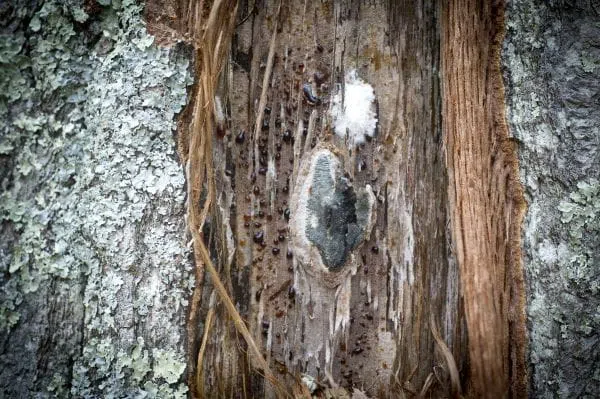

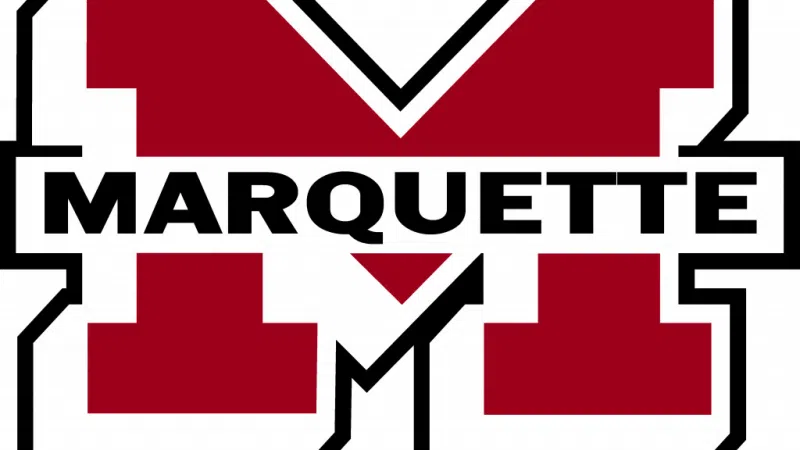

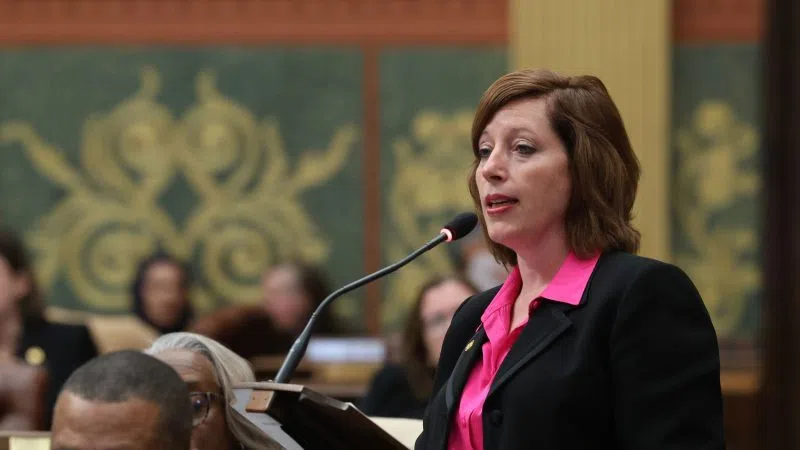
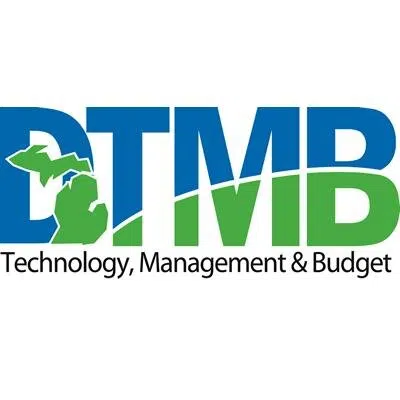
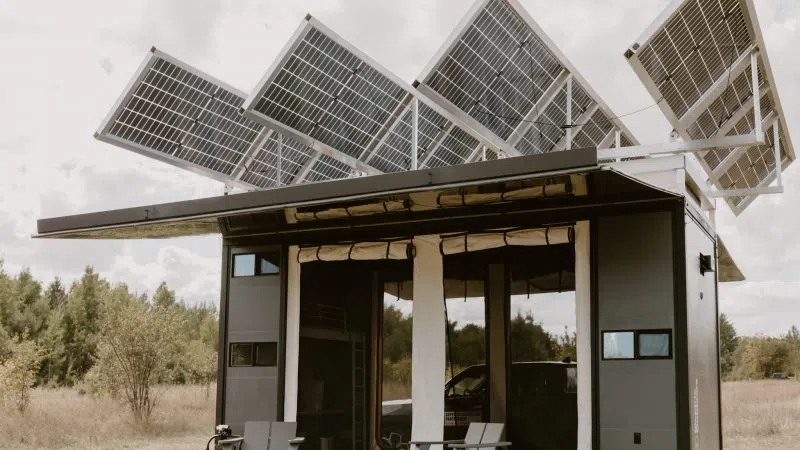
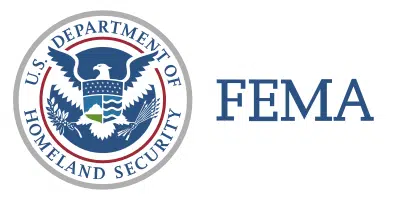




Comments